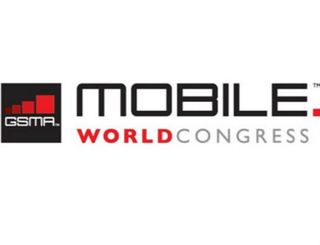Mobile World Congress: News Briefs I

As Mobile World Congress gets rolling, here’s a snapshot of what’s making news in Barcelona.
-Ericsson launched OTT Cloud Connect (OCC), an “open” cloud service that enables mobile operators to link up with multiple over-the-top players to deliver services. Ericsson said OCC “strives to fill the gap” between operator networks and OTT services by “exposing” the OSS and BSS capabilities of players on both sides of the equation. Ericsson said Google/YouTube is among the first partners to get on-boarded on the OCC platform.
-Casa Systems, a company known for making cable modem termination systems and converged cable access platforms, is pushing deeper into wireless with the launch of the Axyom “virtualized” edge platform and Apex, a multi-standard, low-power small cell solution. Casa said Axyom a virtualized multi-access solution for 3G/4G and trusted/untrusted WiFi access.
-Cisco Systems said it will work with Ericsson and Intel to develop and trial what’s it’s billing as the industry’s first 5G router, claiming it will achieve faster speeds, lower latency and be able to handle “exponentially more Internet-connected devices.” As members of the Verizon 5G Technology Forum, Cisco, Ericsson and Intel are partnering with the carrier on an ecosystem aimed at accelerating the pace of 5G innovations.
-Ericsson said a 5G trial held with Verizon of new radio prototypes earlier this month achieved multi-gigabit speeds. The field trials of those prototypes used a mix of advanced beam forming, beam tracking, new antenna designs (128 antenna elements and 64 radio chains in each prototype), and Multi-User MIMO technologies to enable speeds of more than 10 Gbps, the vendor said. 5G signals an evolution of today’s LTE technology, plus new radio access technologies that are often operating in higher frequency ranges.
-Elsewhere on the 5G front, T-Mobile and Ericsson said they’ll team on field and lab trials in the U.S., expecting them to get underway in the second half of 2016. Ericsson said it has already notched more than 20 memorandums of understanding to test 5G with operators worldwide.
-AT&T said it is growing its Internet of Things (IoT) ecosystem by integrating tools and developer solutions with Cisco, Intel, and Microsoft. AT&T said, for example, that its developer tools, including AT&T Flow Designer and AT&T M2X, will now work with Cisco’s Fog agent, Fog apps, and Fog analytics systems, Intel’s IoT Developer Kit, and with Microsoft's cloud, analytics, and visualization tools.
Multichannel Newsletter
The smarter way to stay on top of the multichannel video marketplace. Sign up below.
-Adobe has added MPEG-DASH support and dynamic ad insertion to Adobe Primetime, its multiscreen TV platform, noting that the implantation will use the same workflows and business rules used to insert ads into HLS streams. The resulting work will enable streams with stitched ads to reach devices and browsers that support MPEG-DASH, including HTML5-complaint browsers, Adobe said.
